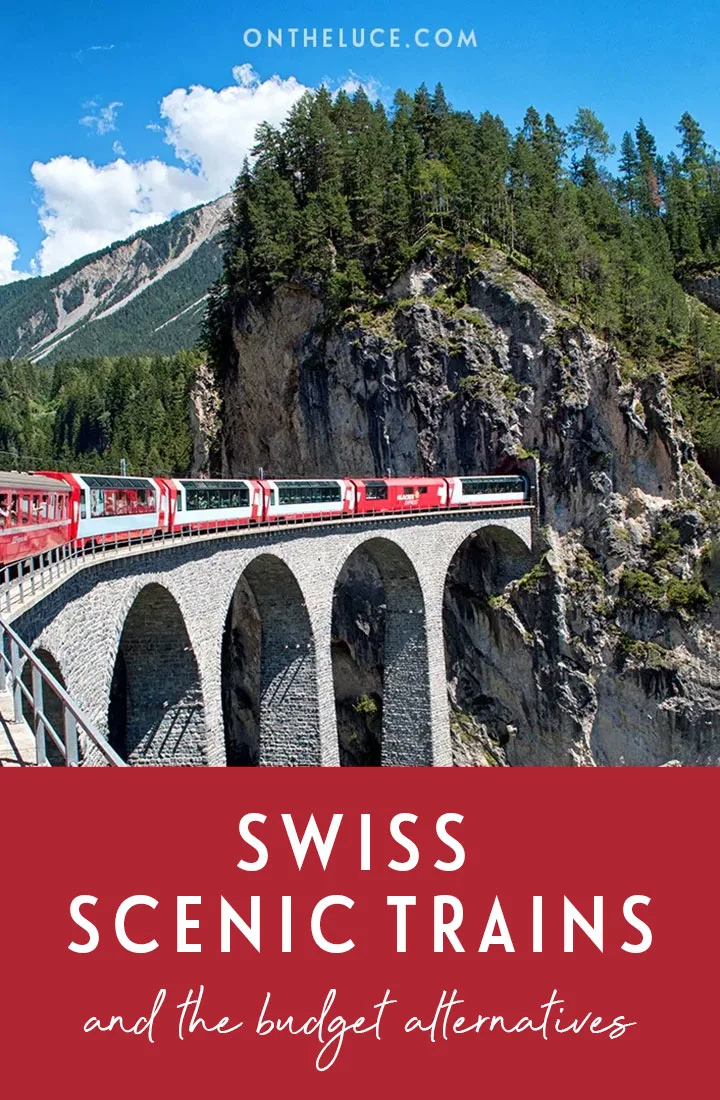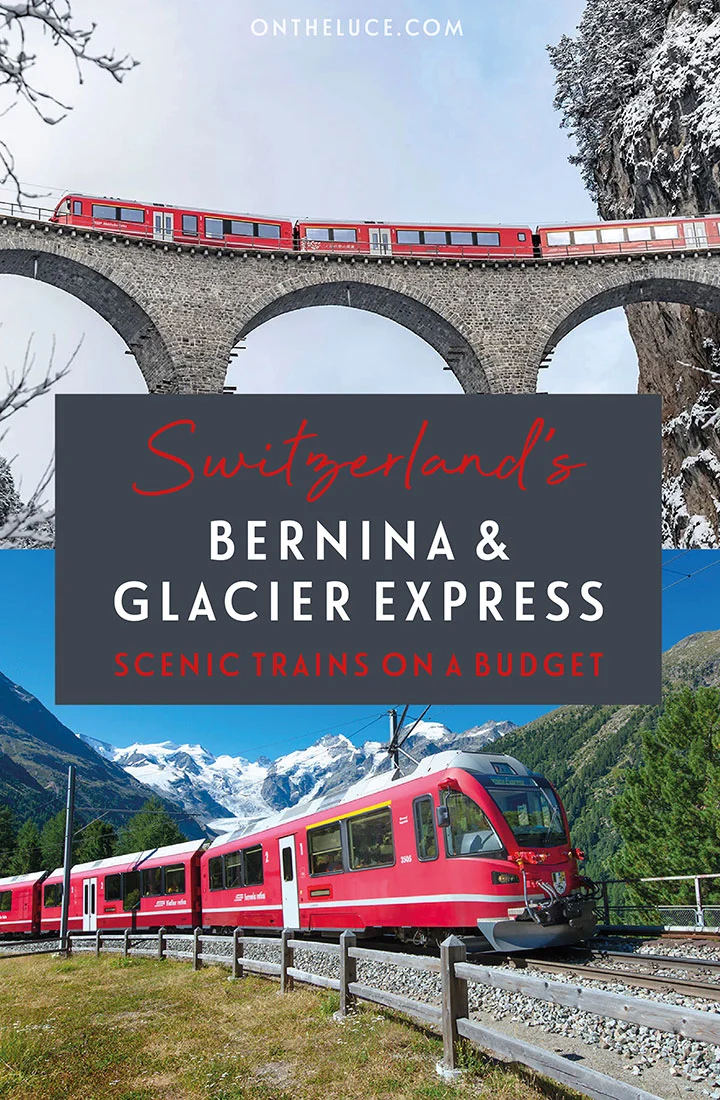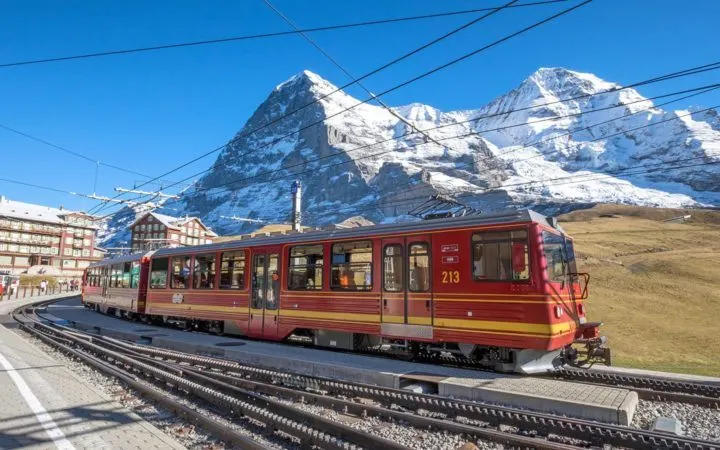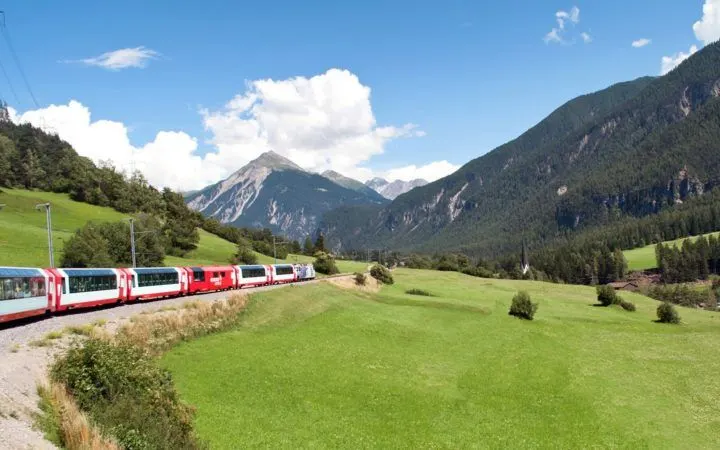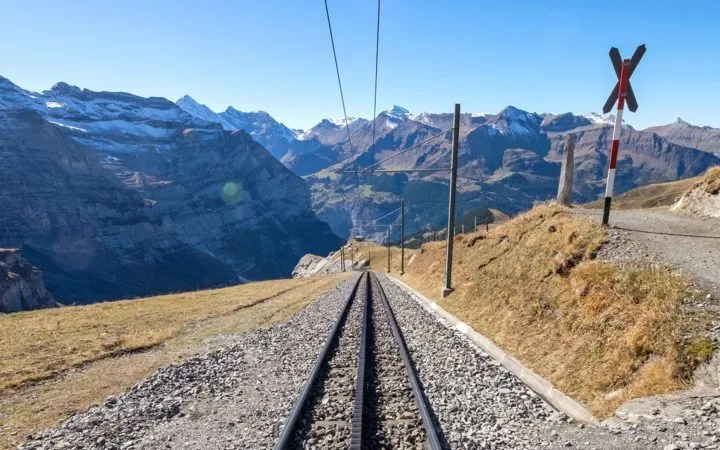Switzerland’s Bernina and Glacier Express trains are among Europe’s most spectacular rail journeys. But are these Swiss scenic trains worth the cost or is there a lower budget way to do it yourself?
* This site contains affiliate links, where I get a small commission from purchases at no extra cost to you.
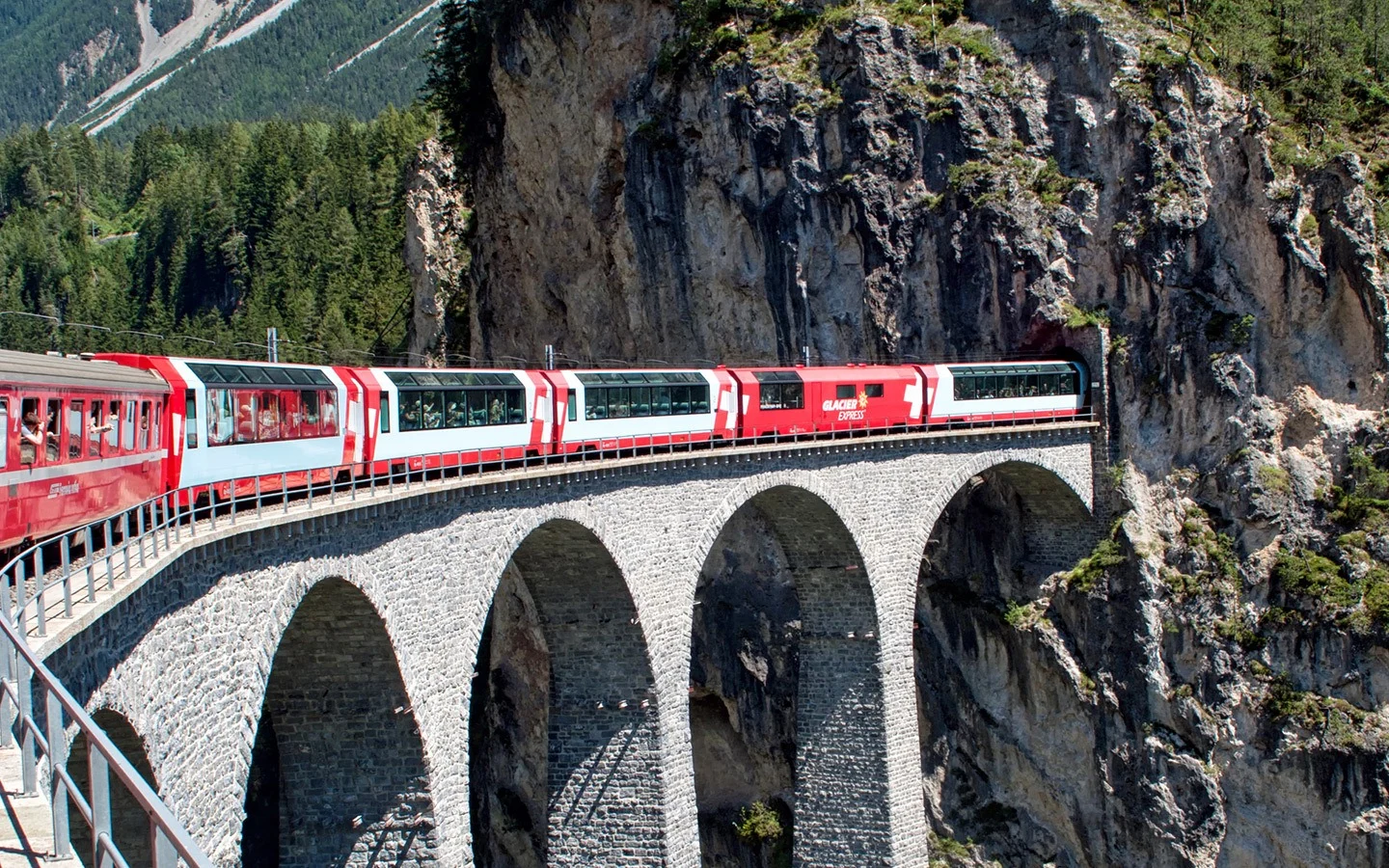
A Swiss scenic train journey is a procession of lakes, snow-capped mountains, dramatic gorges, meadows and Alpine villages, all seen from the comfort of your train carriage seat. But along with its reputation for stunning scenery, Switzerland also has an equally well-deserved reputation for being one of Europe’s most expensive countries.
The country is home to two of Europe’s most scenic train journeys – the Bernina Express and Glacier Express. On both of them you travel throught the spectacular scenery of the Swiss Alps in special tourist trains with glass-walled panoramic carriages.
But both routes are also run by local train companies and travel along the same lines as the regular, scheduled rail services. So you can get the same views without paying a premium. But how much does it save and is it worth the extra hassle? We take a look at the cost and experience on the Bernina and Glacier Express versus the budget alternatives.
Bernina and Glacier Express route map
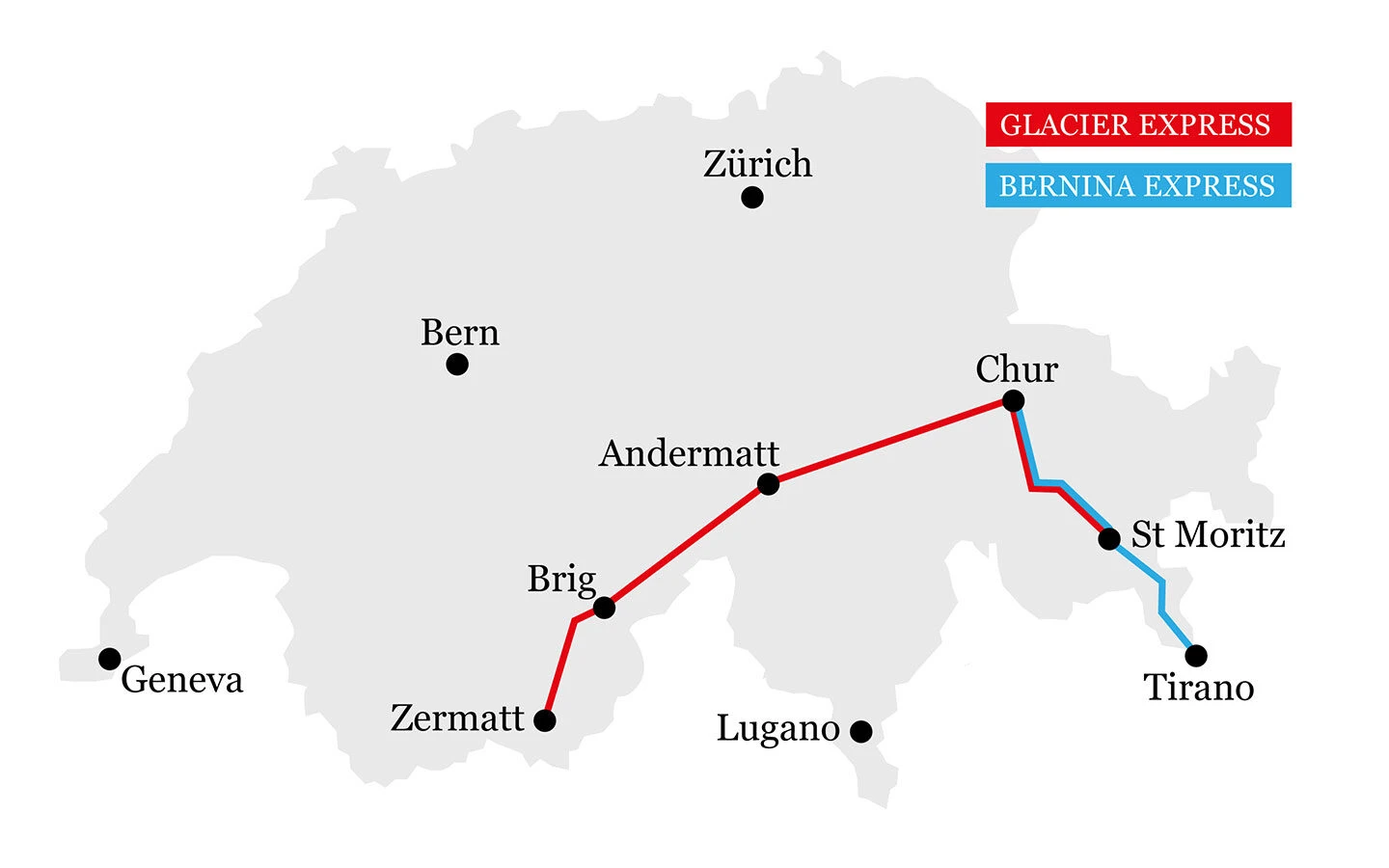
The Bernina Express
The real version
The Bernina Express runs between Chur in eastern Switzerland and Tirano, across the border in northern Italy. The train journey takes around four hours and covers a distance of 144km/90 miles. Built between 1896–1904, it crosses 196 bridges, goes through 55 tunnels and passes 20 of the most beautiful villages in Switzerland along the way.
The southbound route starts at the historic city of Chur and follows the River Plessur past hilltop castles. It then crosses the striking Landwasser Viaduct – which curves around in a semicircle so you get a great view of the train as it travels across – and passes through the Landwasser tunnel into the Engadin valley, home to the St Moritz ski resort.
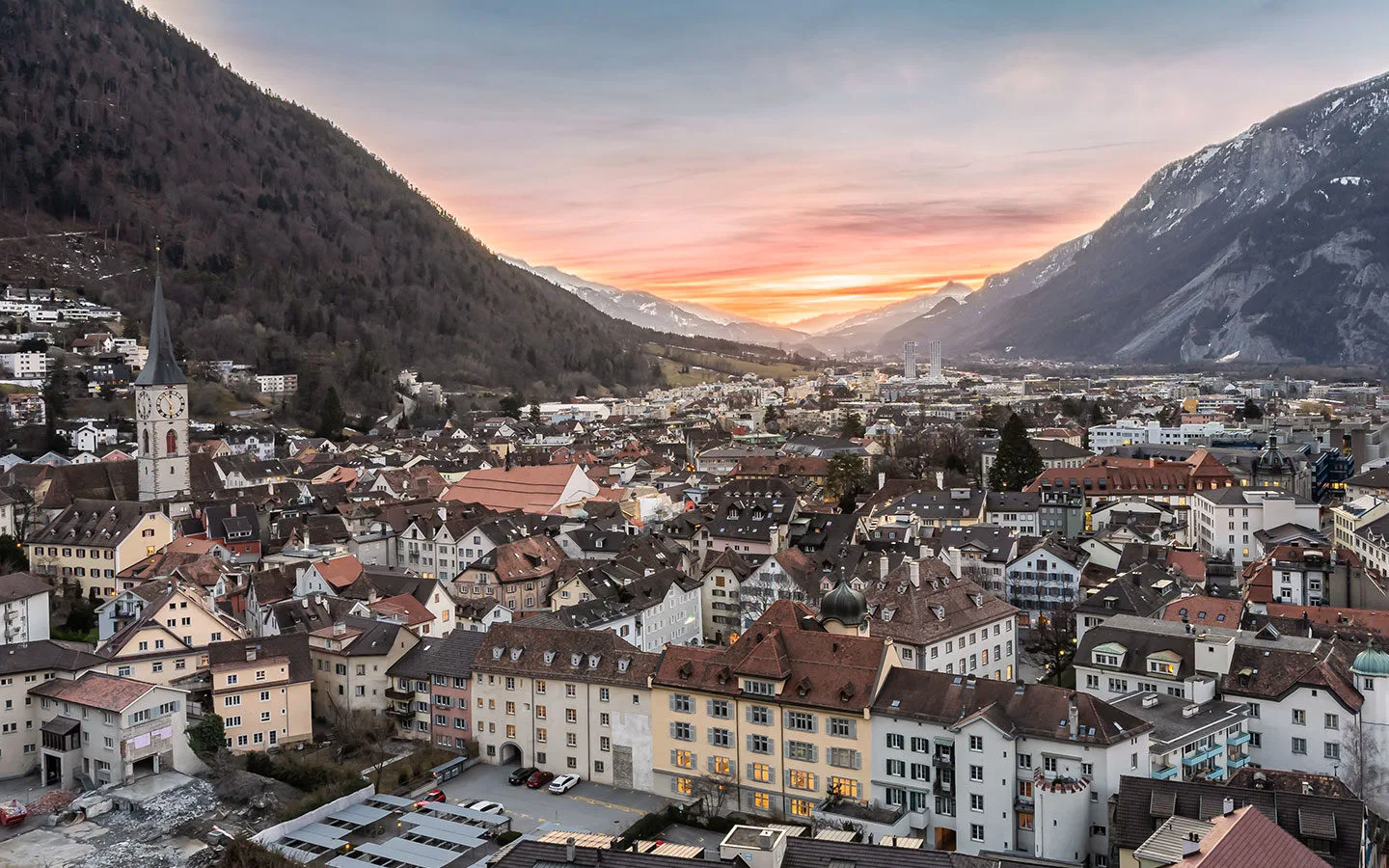
From St Moritz it changes onto the Bernina Line and climbs up into the Upper Engadin, with views over to the Morteratsch Glacier, right up to the highest point 2253 metres up at Ospizio Bernina. From there it descends 2000 metres back down to Tirano.
The route finishes in Tirano, but if you want to travel on into Italy you can catch a regional train to Milan or there’s also a connecting bus from Tirano to Lugano.
There’s one Bernina Express service in each direction in winter (mid-October to mid-May) and two in summer. Tickets for the journey between Chur and Tirano cost CHF 92 (€92/£83/$98) one way in second class or 161 CHF (€162/£144/$171) in first class, which has bigger windows and wider seats. This is for an open ticket valid on any train.
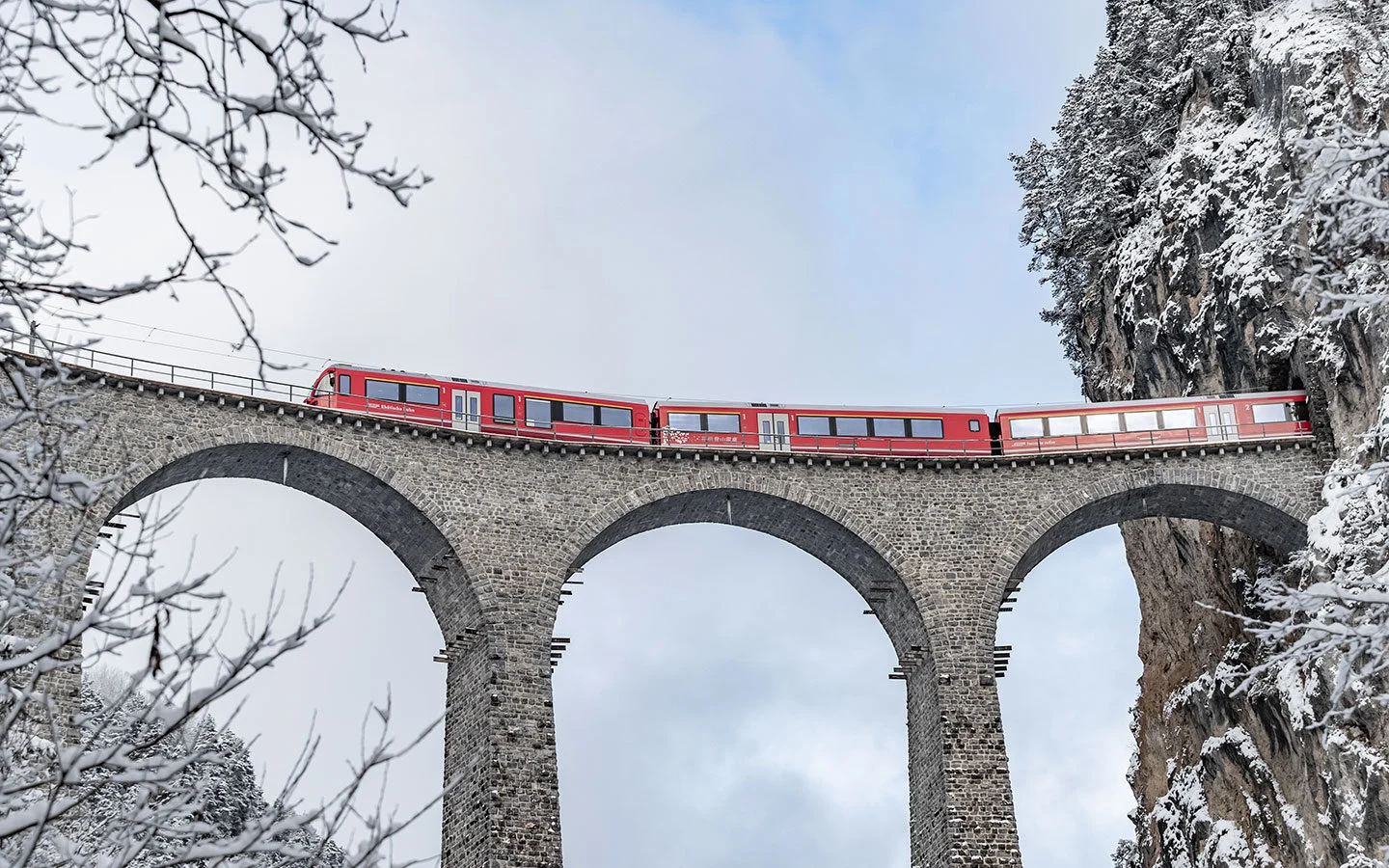
There’s also a compulsory seat reservation fee to use the Bernina Express panoramic carriages. This varies depending on the time of year: CHF 26 from June–September, CHF 24 from March–May and in October or CHF 20 from November–February.
So a summer ticket costs a minimum of CHF 118 (€118/£106/$125) in second class.
You can sometimes save money by buying a Saver Day Pass instead of a single ticket between Chur and Tirano. These tickets give you unlimited travel by train, post bus and ferry within Switzerland for one day and start at CHF 52. So they could save you CHF 40 – but you need to buy well in advance as prices go up the later you buy them.

InterRail, Eurail and Swiss Passes (for unlimited travel within Switzerland for either a set number of days or a number of travel days within a month) are also valid on the Bernina Express. But you still need to pay the reservation cost if using any pass.
You can book both the train ticket and reservation on the Rhätische Bahn website. Slightly awkwardly Bernina Express seat reservations go on sale six months in advance but tickets only 60 days in advance, so you may have to do it in two parts. And you can also book your train ticket from Chur to Tirano using the Swiss Railways website.
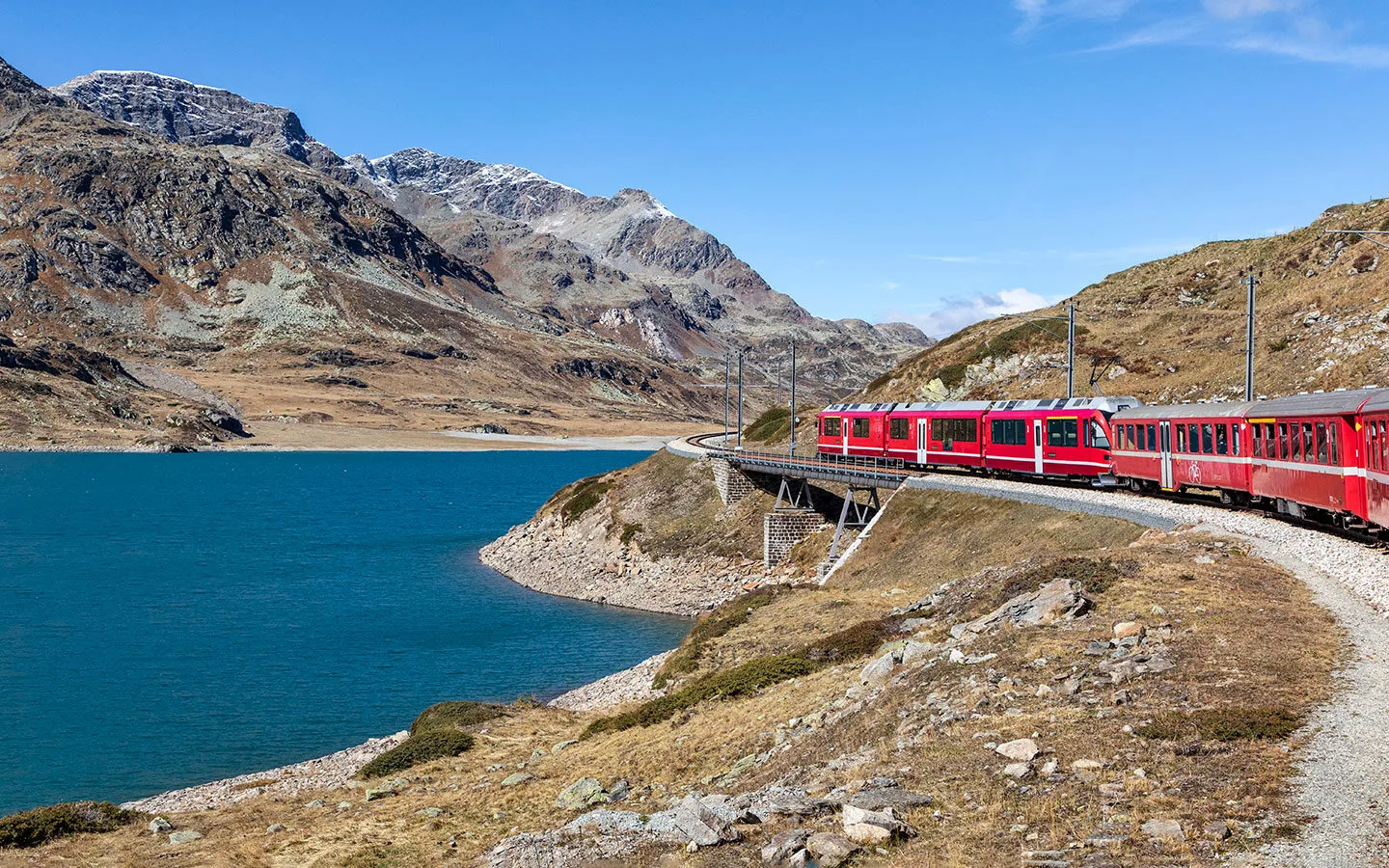
The budget alternative
You can also follow the same route as the Bernina Express on a regular local train. You don’t get the fancy carriages with their panoramic windows, but instead you can open the train windows, which avoids reflections if you want to take photos.
Regular trains along the route between Chur and Tirano run around once an hour in each direction. Unlike the Bernina Express you do have to change along the way, but Swiss trains are very reliable and the stations are tiny so changing isn’t too much hassle.
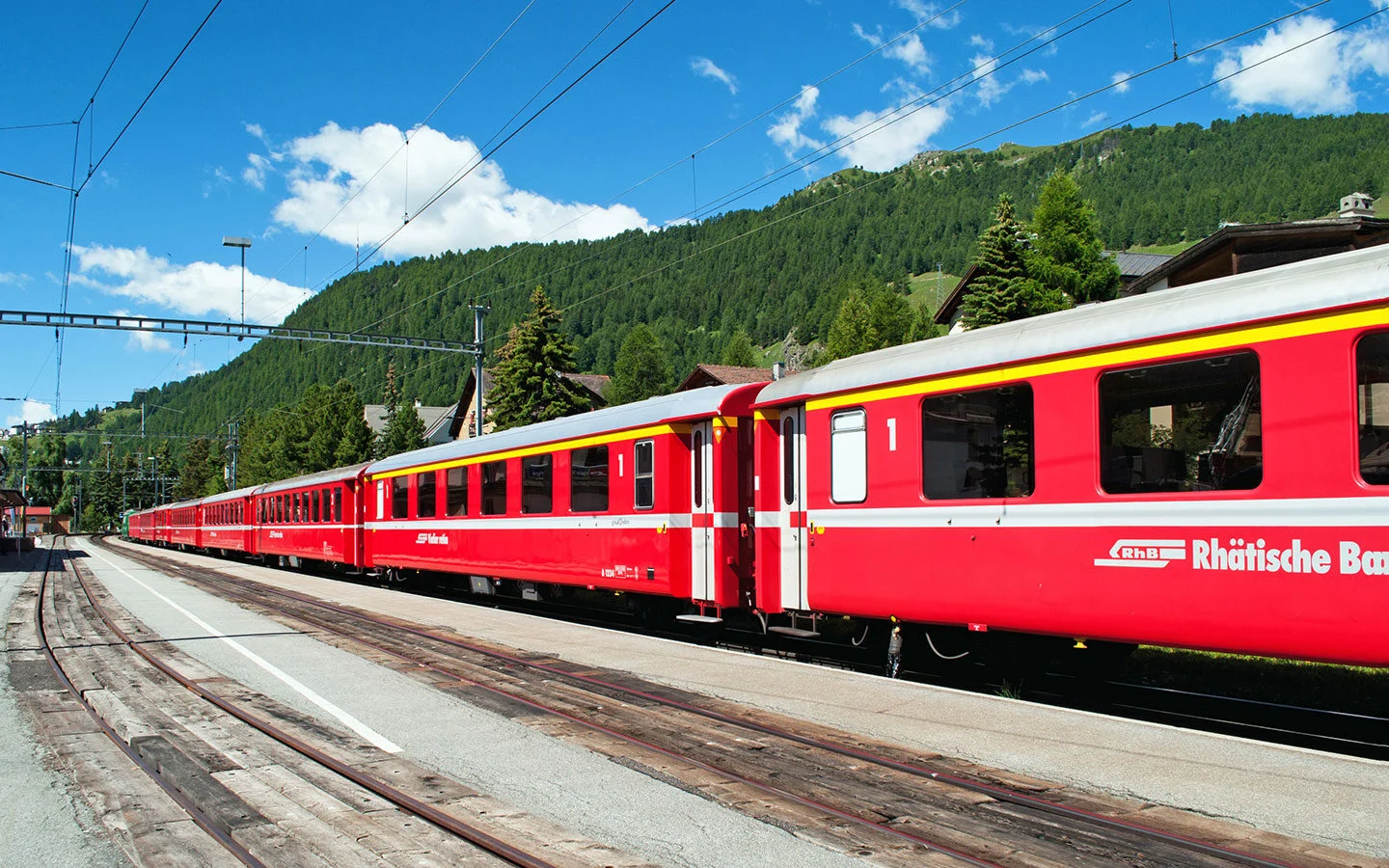
There are usually two changes – the first at Samedan near St Moritz, which is almost two hours from Chur. Then it’s a less than 10 minutes from Samedan to Pontresina where you change onto the train to Tirano. The whole journey takes 4–4.5 hours.
A supersaver ticket from Chur to Tirano costs CHF 50 (€50/£45/$53) in second class.
You can book tickets on the Swiss Railways website, though double check the routing as they also list the Bernina Express trains (these are marked PE and show no changes), which are subject to the seat reservation fee. You can also buy tickets at the station. InterRail, Eurail and Swiss Passes are all valid on this route with no reservation fee.
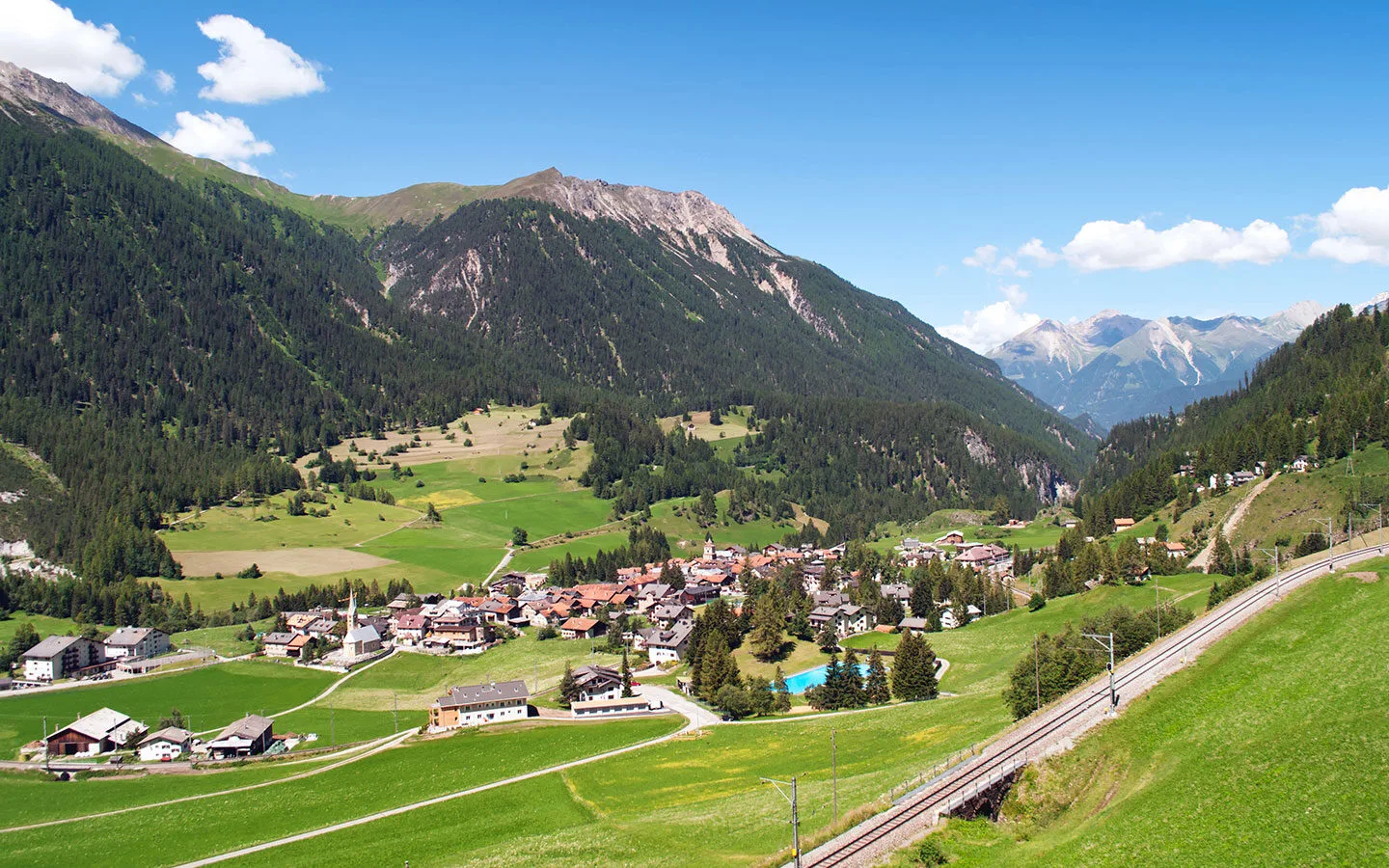
The Glacier Express
The real version
The Glacier Express is known as the ‘world’s slowest express’ and takes 7.5 hours to travel the 290 km/180 miles between the Swiss ski resorts of Zermatt and St Moritz. Like the Bernina Express it has panoramic windows so you can soak up the views.
The journey starts beneath the Matterhorn in Zermatt, then descends over 1200 metres to the towns of Brig and Visp using a cogwheel railway to work its way down the steep slope. It then follows the Rhone Valley as far as Andermatt where it climbs up to the windswept Oberalp Pass, which is the highest point of the line at 2033 metres altitude.
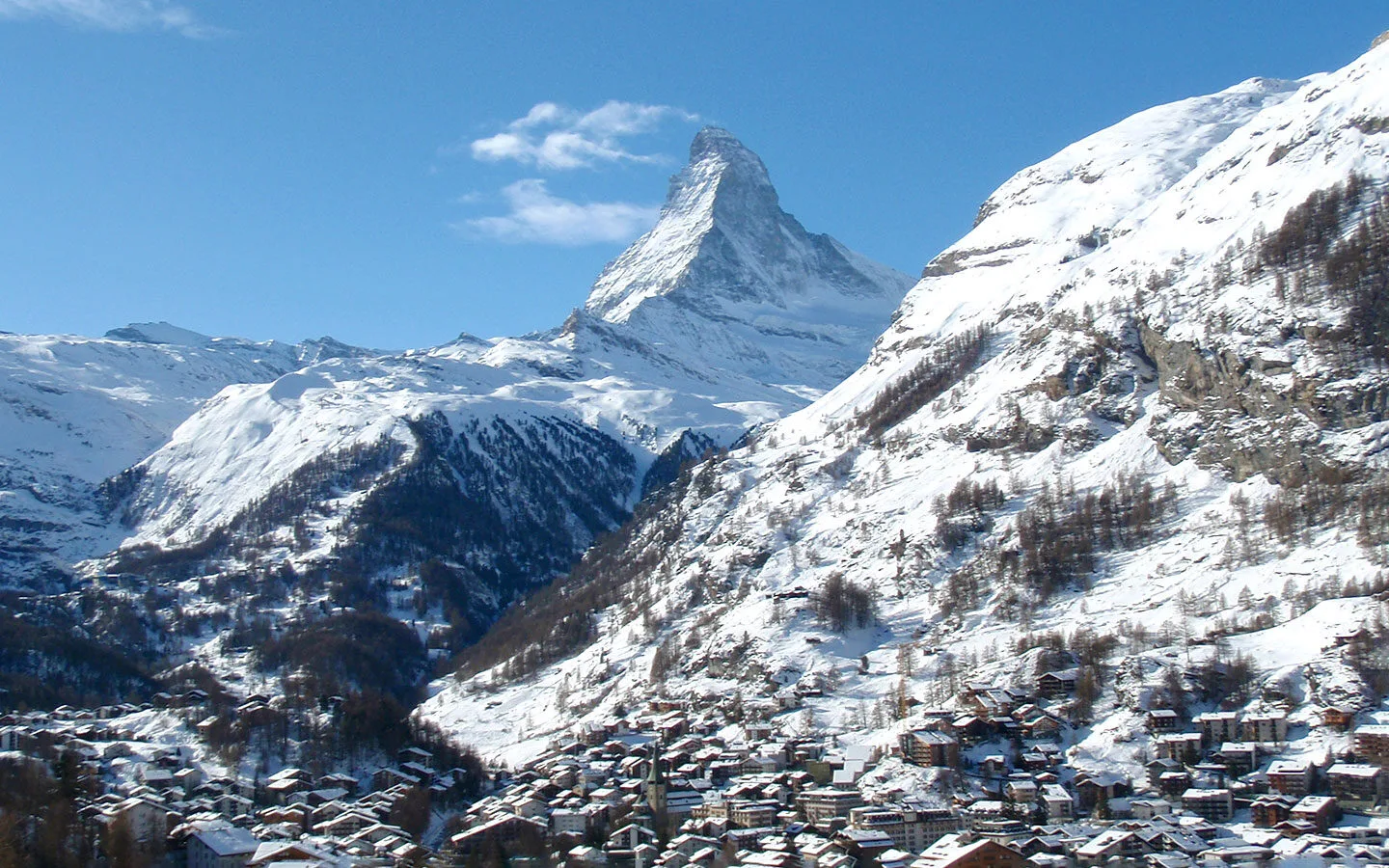
Next it descends again to Distenis, where you change from the Matterhorn Gotthard Bahn to the Rhätische Bahn (the locomotive changes but the carriages don’t). From Distenis the train travels through the steep Rhine Gorge and from Chur it follows the same route as the Bernina Express – crossing the Landwasser Viaduct on its way to St Moritz.
There’s one Glacier Express service in each direction in winter (mid-December to mid-May) and four in summer (mid-May to mid-October), though not all run along the whole route. And the train doesn’t run between late October and mid-December.
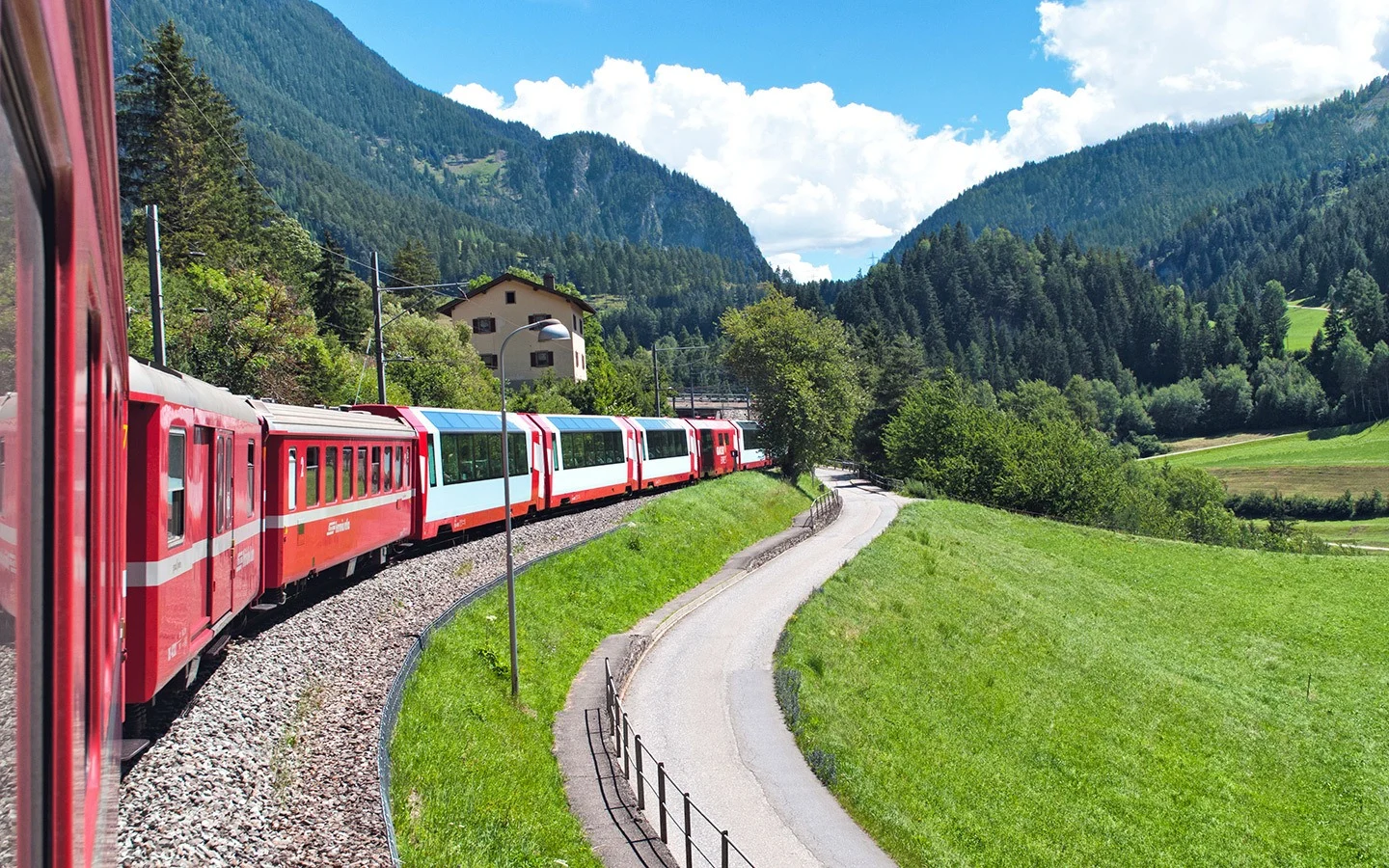
Tickets for the Glacier Express between Zermatt and St Moritz cost CHF 152 (€153/£136/$161) one way in second class or CHF 268 (€270/£240/$284) in first class. Both have panoramic windows and you can order meals and drinks at your seat.
You can also splash out on Excellence Class. This comes with a deluxe panoramic car, reclining seats, free-flowing Champagne and a five-course meal – though at CHF 420 (€422/£376/$445) on top of the first-class fare it’s not exactly budget-friendly!
You also have to pay compulsory seat reservation fee to travel in the Glacier Express carriages, which is CHF 49 in summer and CHF 39 in winter.
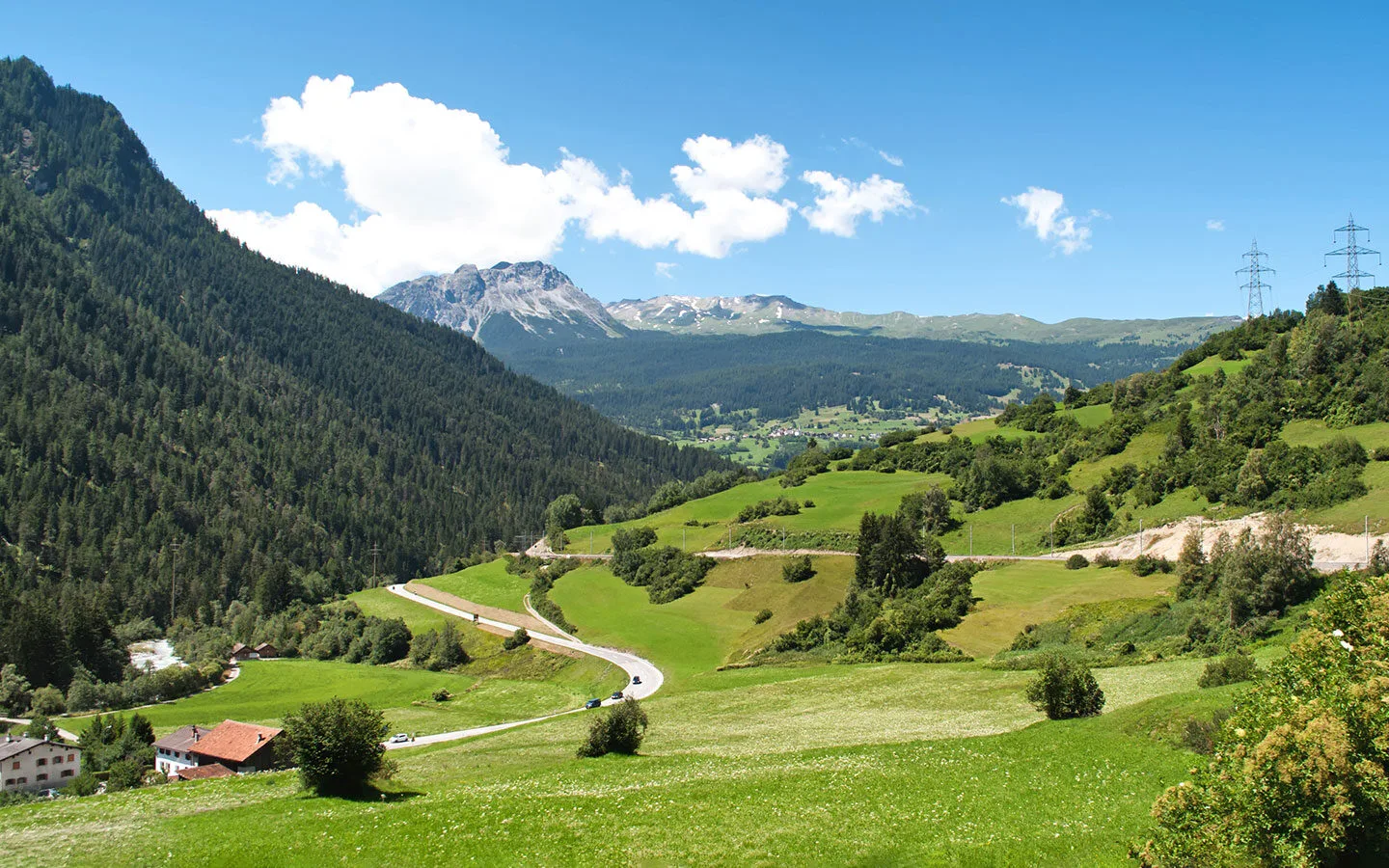
So a summer ticket costs a minimum of CHF 201 (€202/£180/$213) in second class.
Like the Bernina Express you can use a Saver Day Pass instead of a single ticket between Zermatt and St Moritz, which starts from CHF 52. InterRail, Eurail and Swiss Passes are also valid. Though you still need to pay the reservation cost if using any pass.
You can both book tickets and make reservations if you have a rail pass on the Glacier Express website, with booking normally opening 92 days in advance.
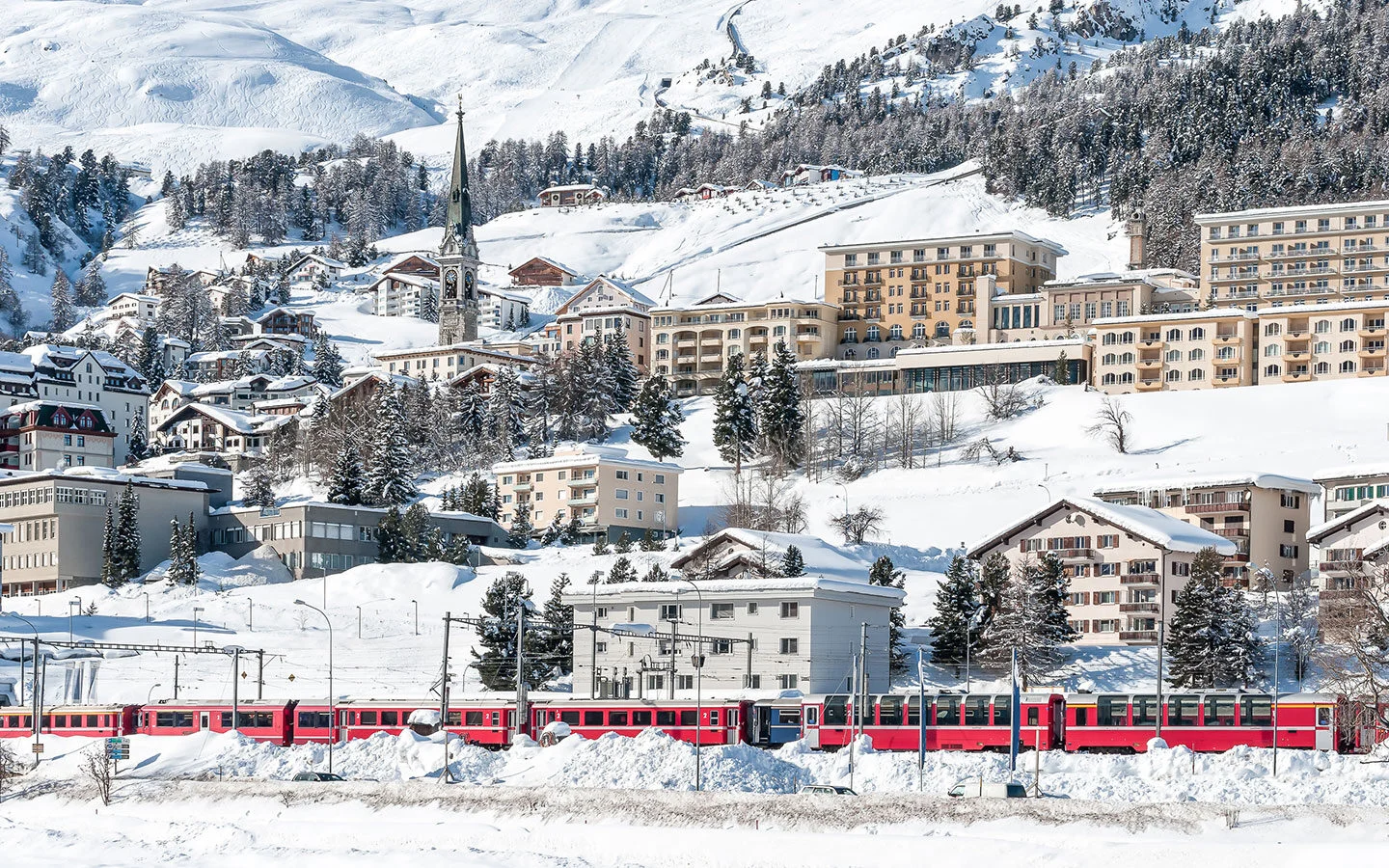
The budget alternative
As with the Bernina Express, there are also local trains running along the route of the Glacier Express. The whole journey takes around 8.5 hours, and is just under an hour slower than the Glacier Express. But it does involve a few more changes along the way – though again the small stations and reliable train times stop it being too complicated.
You can book tickets on the Swiss Railways website. But make sure to add ‘via Andermatt’ when you search as otherwise you’ll get taken on the quicker but less scenic route via Zürich instead of the Glacier Express route. Also avoid the direct trains marked PE otherwise you’ll be booked on the Glacier Express and have to pay the reservation fee.
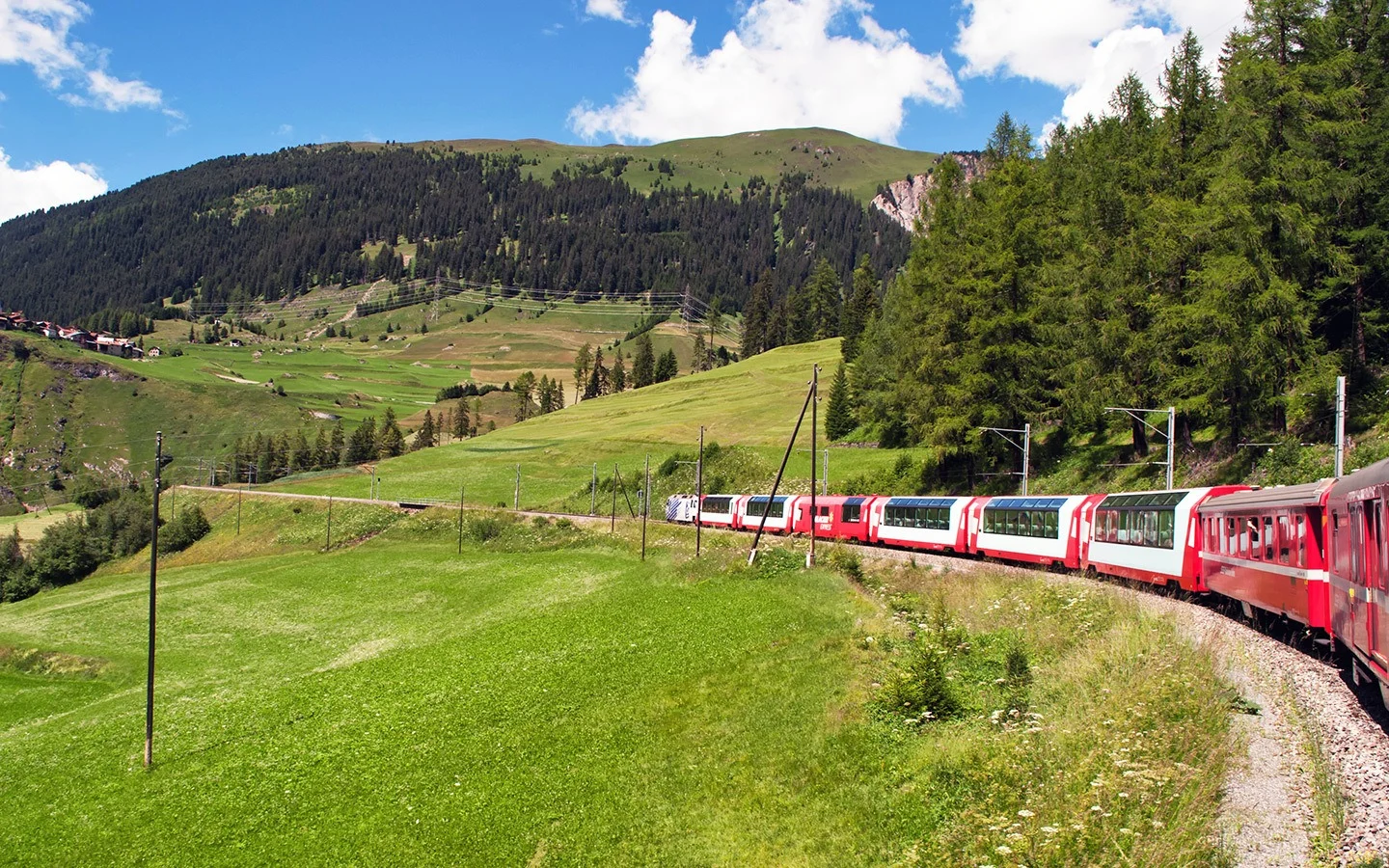
There are four changes along the way – travelling eastwards from Zermatt to St Moritz they’re at Visp, Andermatt, Disentis/Mustér and Reichenau-Tamins. But there’s at least an hour between each change so you get plenty of time to soak up the views.
The cheapest way to book the journey between Zermatt and St Moritz is to buy one of the Saver Day Passes mentioned earlier, which cost CHF 52 (€52/£47/$55). InterRail, Eurail and Swiss Passes are also valid on this route with no reservation fee.
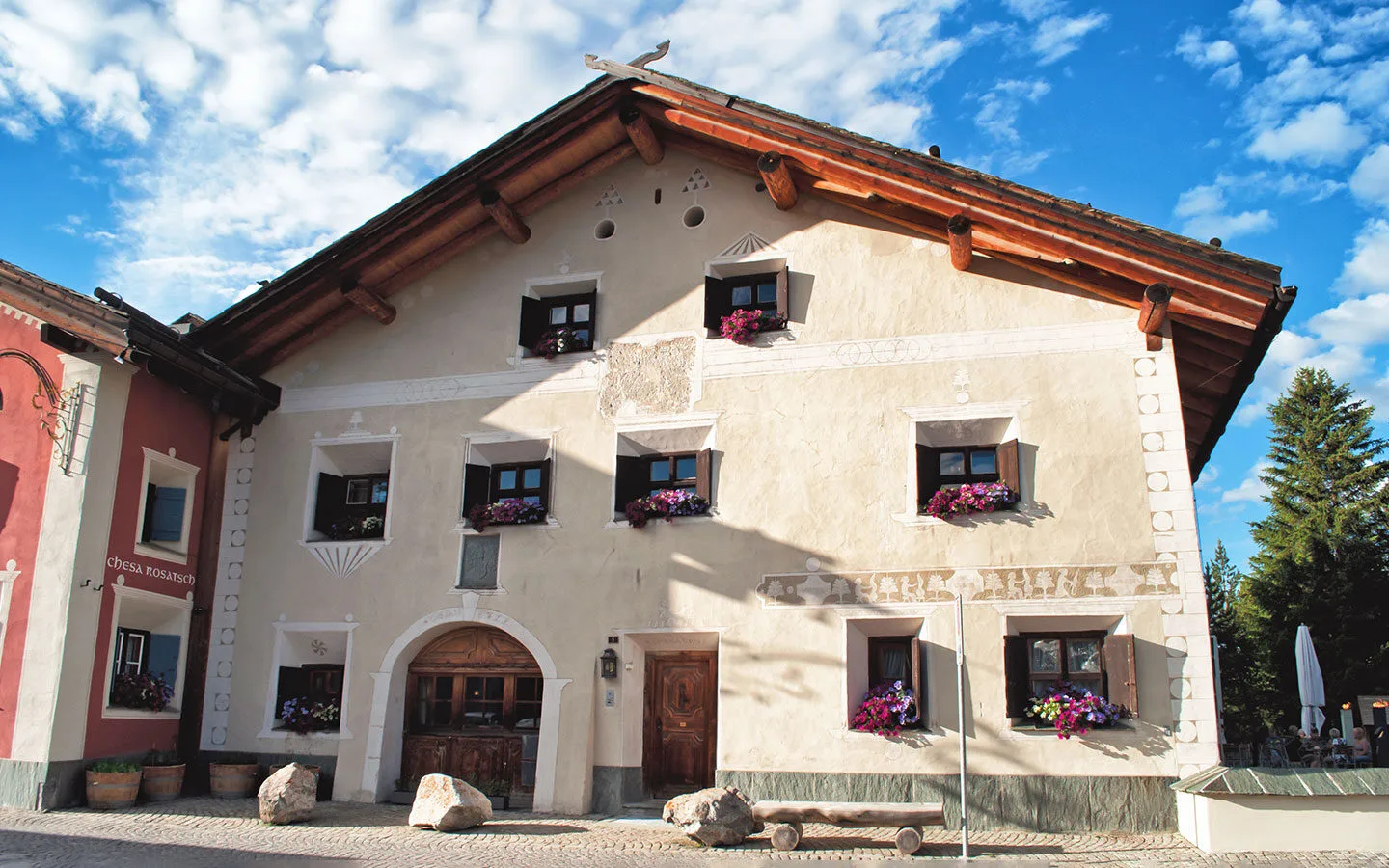
The verdict
So can you do the Bernina and Glacier Express scenic trains on a budget? For the Bernina Express you can save CHF 68 (€68/£61/$72) during the summer, with the panoramic train costing CHF 118 versus CHF 50 for the regular train. And for the Glacier Express it’s an even bigger saving of CHF 149 (€150/£133/$158) for CHF 201 versus CHF 52.
But if you can book well in advance and buy a Saver Day Pass you can cut the price difference right down to CHF 22–28 for the Bernina Express or CHF 39–49 for the Glacier Express, depending on what time of year you’re travelling.
There’s also a trick to avoiding the reservation fee on the Bernina Express – the train is hauled by a three-carriage Allegra train which has unreserved seats. So you can take the direct Bernina Express train without having to pay for a reservation or booking in advance (you don’t get the panoramic windows but you can open windows for photos).
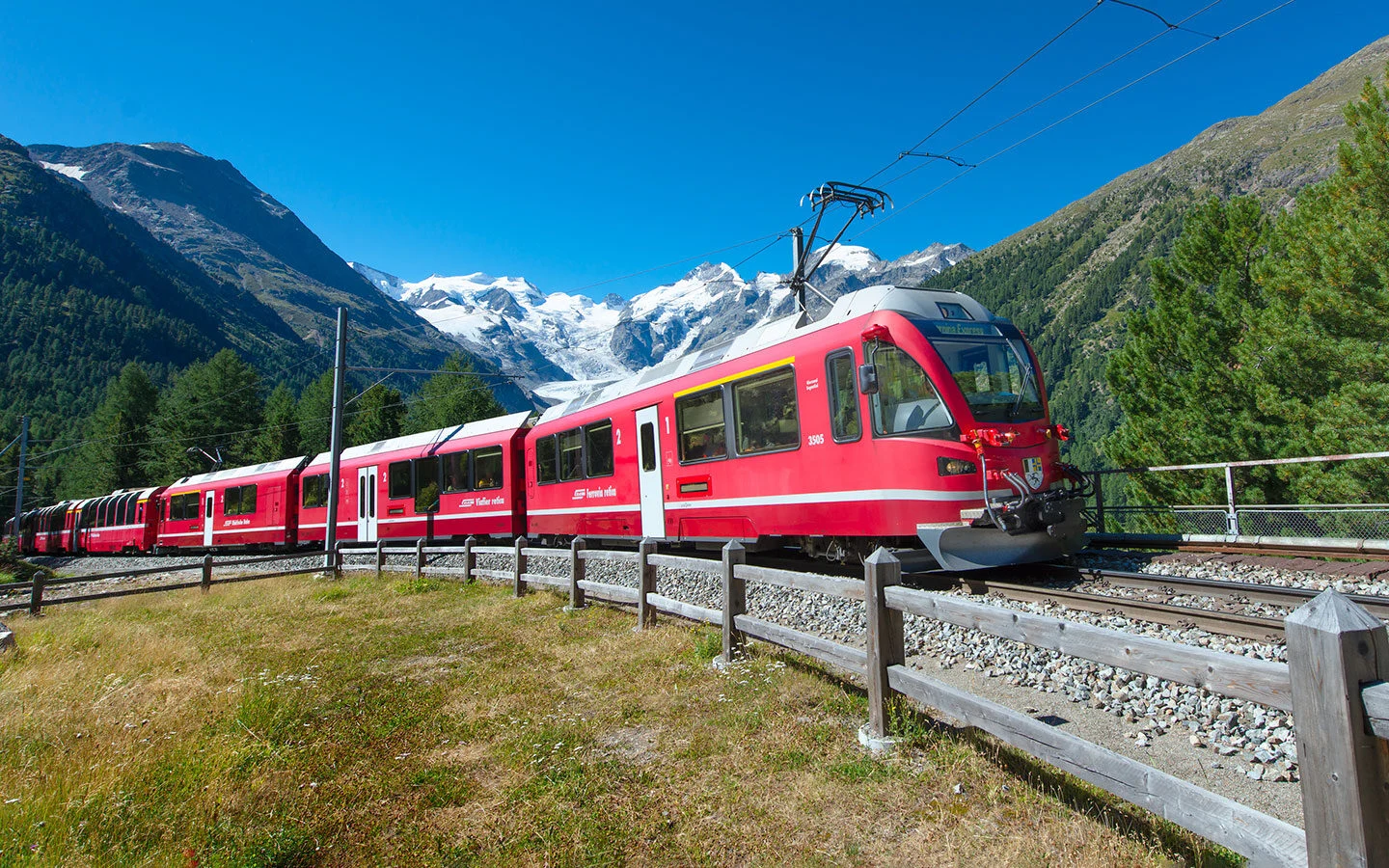
The do-it-yourself versions do save you money, but the changes en route make them more hassle, particularly for the Glacier Express. So you may prefer to pay a bit extra to avoid the changes and to have panoramic coaches and more comfortable seats.
But where the local trains really come into their own is if you don’t want to take the whole journey in one go. If you want to break up your trip on the Bernina or Glacier Express, you have to pay an additional seat reservation fee for each section.
On the local trains you can break the journey up as much as you like – stop for a night or walk between one station and the next before continuing on the train. Often the train fares aren’t much cheaper in advance so you can be flexible and buy them at stations.
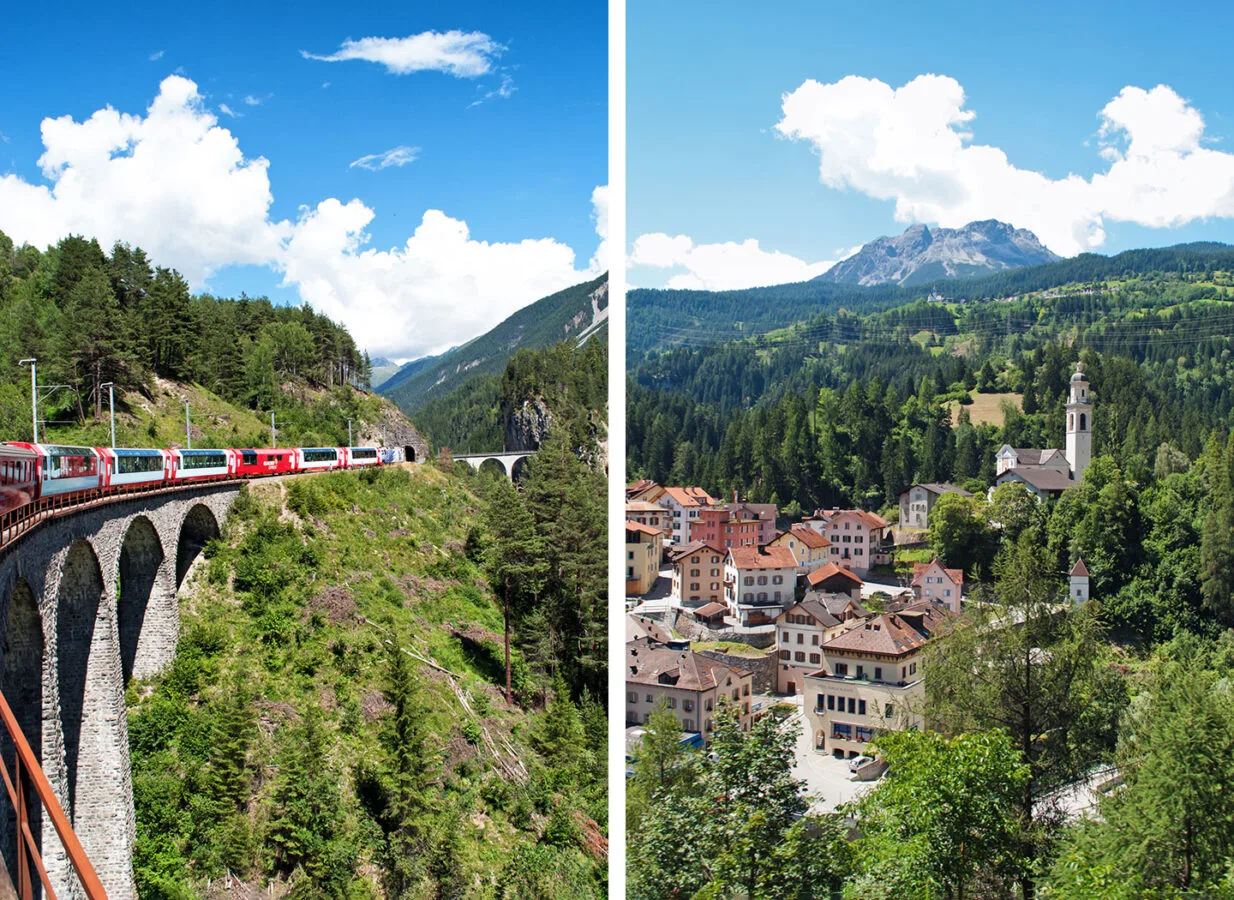
If you want to take one of the scenic routes as part of a longer journey and are either travelling on around Switzerland or further afield around Europe, it may be worth investing in a Swiss Pass or an InterRail/Eurail pass and either just pay the reservation fee for the Bernina or Glacier Express or take the local trains without any extra cost.
Or if you’re short on time, the section from Chur to St Moritz is part of both the Glacier and Bernina Express routes, with some of the best scenery. But at two hours without changes it’s short enough to do a return trip in one day, or as a diversion to longer rail journey. It costs 34 CHF (€34/£30/$36) one way for a taste of Swiss scenic trains on a budget.
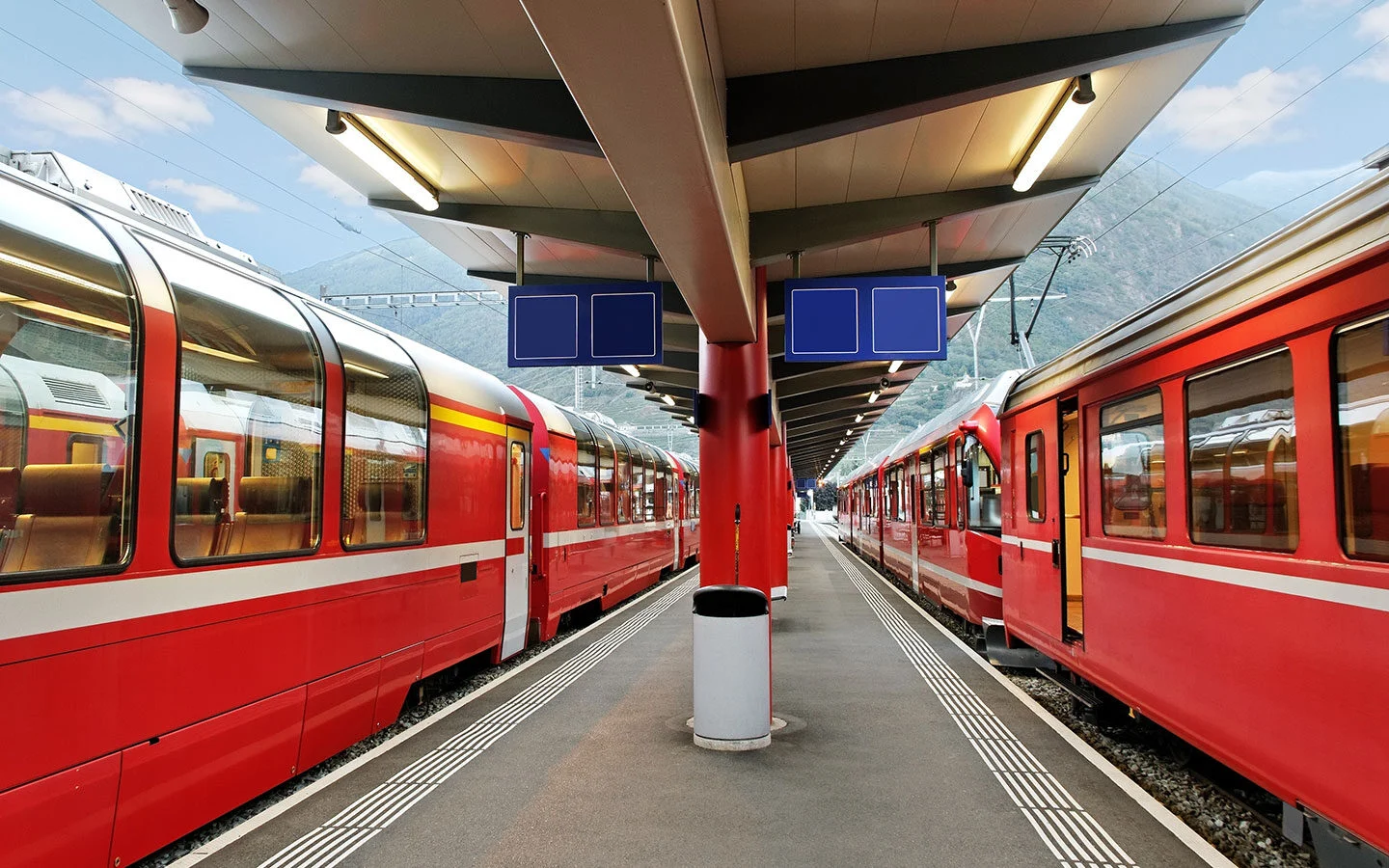
Save for later
